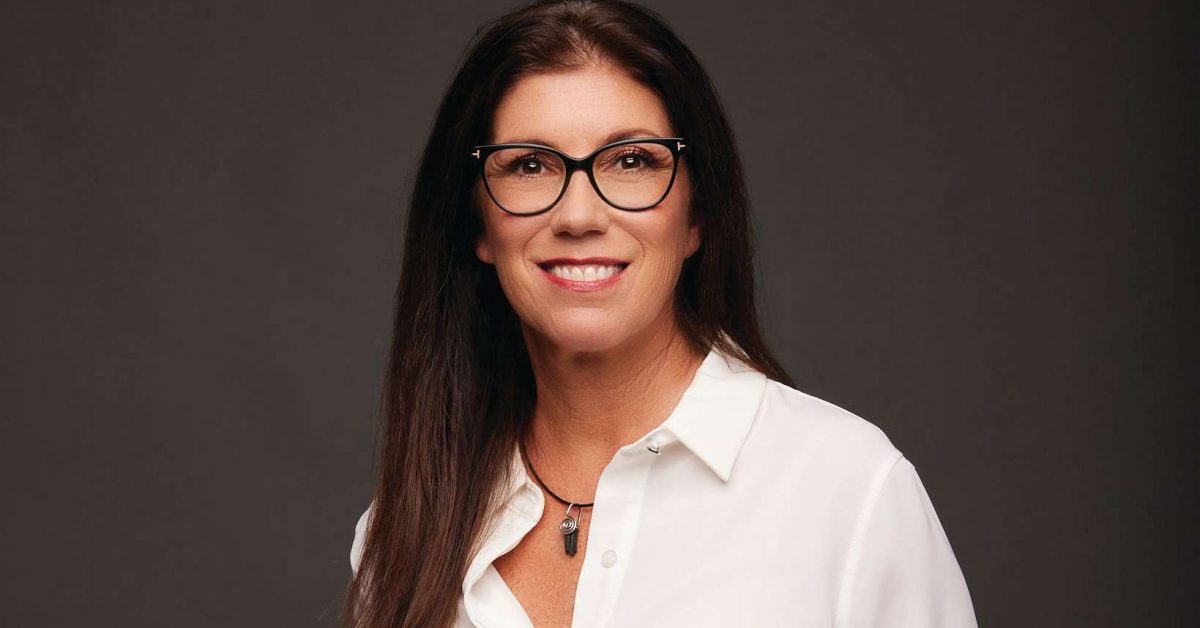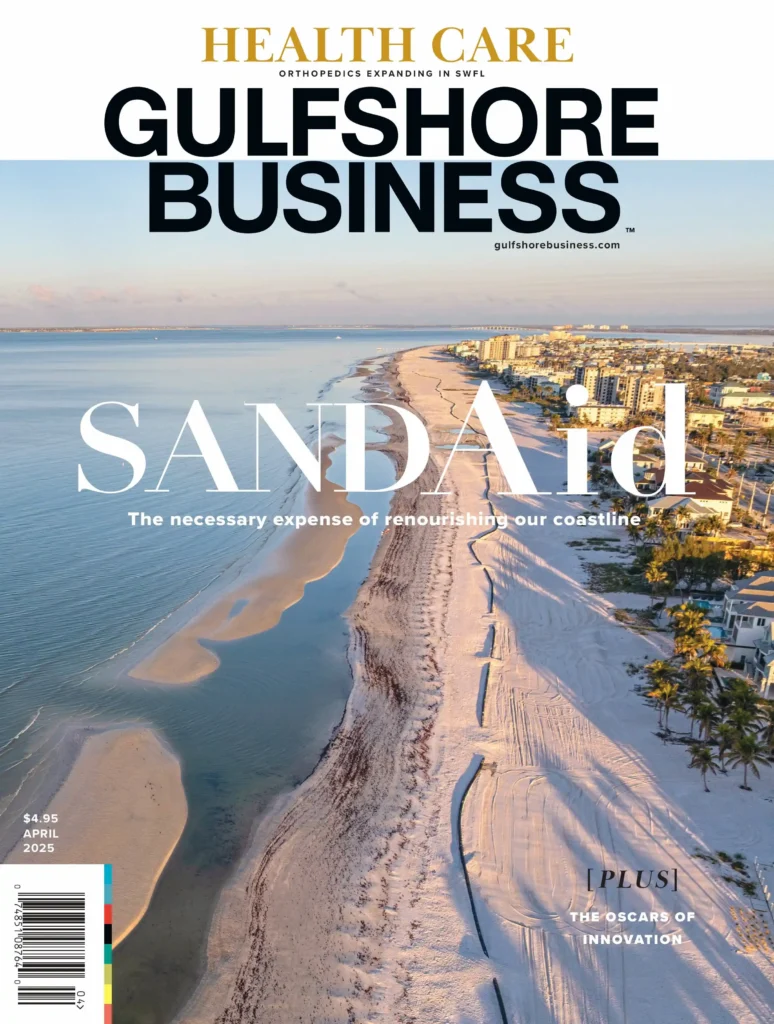Talking with a colleague in a northern state, I was recently reminded how fortunate we are to live in a coastal community where one season slowly fades to the next, and extreme weather events aren’t as frequent.
It’s easy to take for granted the beauty all around us, or even appreciate it while subconsciously thinking of it as a simple fact of Floridian life — at times forgetting the magnitude of the work involved in maintaining it. And keeping the area comfortable and appealing for residents and visitors requires ensuring our signature beaches remain pristine. All this beauty, of course, comes at a price.
Our extreme weather events might be less frequent, but they are quite costly; just ask the federal government. In total, Southwest Florida stands to lose at least $877 million annually to natural disasters, according to FEMA’s National Risk Index. (See the breakdown for Charlotte, Lee and Collier counties on page 18.) Hurricane Ian, which made landfall in September 2022 as a Category 4, caused an estimated $112 billion in damage. The storm surge reached heights of 13-plus feet in areas including Fort Myers Beach and Sanibel, and along with all the damage it caused on land, that surge pulled enormous amounts of sand out to sea. After Hurricane Milton in October 2024, similar damage to area beaches reoccurred.
Restoring the beaches comes at great expense — fortunately for civic budgets, that is largely paid for by revenue generated through tourist development taxes. Both Lee and Collier counties levy these taxes that help pay for sand renourishment, shoreline improvements and maintenance. In fiscal year 2023-24, Lee County’s tourist development tax raised more than $44 million; Collier County generated $41 million. Artis Henderson explains more about the mechanics and monetary commitments vs. substantial benefits involved in keeping local beaches pristine and inviting in “Sand Aid,” beginning on page 30.
We celebrate Earth Day this month, recognizing this time for renourishment, renewal and growth. And it’s also a good time to recognize some local businesses for keeping sustainability top of mind — companies large and small are finding ways to do their part for the planet by implementing environmentally friendly practices, such as recycling.
Today, the paper industry recycles nearly 60% more paper than it did in 1990. And paper and cardboard now are among the most highly recycled materials in the United States. Read more about two local companies that are part of the paper and packaging industry’s ongoing work toward sustainability as Bill Wasinger speaks with leaders from Custom Packaging & Products and Craters & Freighters on page 28. Their practices and commitments are commendable for all our sakes.
As we fade into spring, perhaps it’s worth examining our own environmental footprints. Meanwhile, enjoy these balmy, relaxing days here in one of the most beautiful parts of the country.





